Eighteen months ago, I showed you this image of a cherry tree in bloom. It was early in the pandemic and I was thinking of building a life that extended past it.

Life past the pandemic still seems so far away, yet every fruit tree pruner knows that you prepare for it now. That blossoming branch in the centre of the image above, unpruned, shows how a cherry tree produces fruit at the intersection of one year and the next. Note that to the left of the blossom cluster, in three-year-old wood, there is only one late blossom, just a green ball . To the right of the blossoms, in last year’s wood, there are only leaves. In my new book, The Tree Whisperer, which speaks about the place where fruit tree pruning, poetry and society meet, I demonstrate how that blossoming twig is both a line of poetry and a model for developing educational policy. Cherries appear near what was the end of the twig the year before. If you cut twigs like that , they will either die back or branch instead. Experience tells you which. In time, if you do it right, you will have more intersections, and more fruit. The art here is the experience that tells you which branch to leave untouched and which to prune back. It’s counter-intuitive. You don’t do it with the twig itself. You do it with the space you clear around it. Just how to shape that space is something you feel with your body. It is a conversation with light, which your body is as sensitive to as is the tree is. You know where the shade is, but to trust your body in this, you have to know that you are making room for light, not pruning trees, not shaping anything. The tree does that. You are following the light, as it is now and as the tree will shape it one, two, three, four and five years ahead in time. When you get it right with a tree, cherries come. When you get it right with a poem, the placement of a word in a line, not the word itself, gives the line meaning. That’s something I worked with in my other new book, Landings: Poems from Iceland. The poems are a long way from Canada, yet their bond with the land has been learned from trees here. You could say that what I learned by hiking in the hills and writing this blog made that book when I took it Iceland and gave it light. Every poem in it is pruned like a tree, with lines left tipped or untipped to shift the placement or weight of fruit, to bow down a line to the next or delay fruiting for a surprise at the end, when the fruit falls right into your hand. It has been a delight these last two years, waiting for these books to come out together. What fun to be able to share them with you at last. A critique of education runs strongly through the book as well. I learned to read twigs with my body, long before I learned to read books. This blog, The Tree Whisperer, and Landings come from that experience. I want other children to have a chance to see cherries where right now there is only shadow. I want them to feel the land hold them up, really feel it in their bones as an energy, not a place. I want to make light for them to grow into. It doesn’t have to be cherries. It doesn’t have to be an orchard. It can be a wild rowan in Iceland.

Or in Canada.

It can be a wild elder. The one below is growing in a ditch in Okanagan Falls.
Just think of that: a foodstuff and a powerful medicinal plant with a 12,000-year-old relationship with humans and birds in this place, has been relegated to weed status, growing in space that the Ministry of Highways doesn’t have to money to scour bare, although it sure would like to. I mention the elder, because care for trees is not just about pruning. It’s about respect, and honouring past and future human generations along with the plant that gives itself to them. My valley taught this to me when I was five years old. When I went on to read books, I was really reading trees. When I went on to write books, I was really pruning the sun. These are old things worth passing on. In these two books, The Tree Whisperer, and Landings, I’ve given it a try. Here, too.
All words about nature are words about ethics.
Categories: First Peoples, Gaia, Spirit


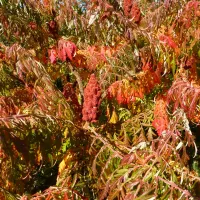
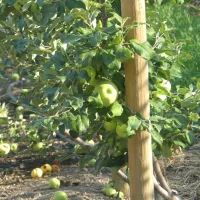



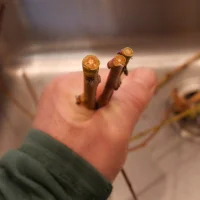


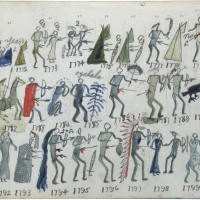
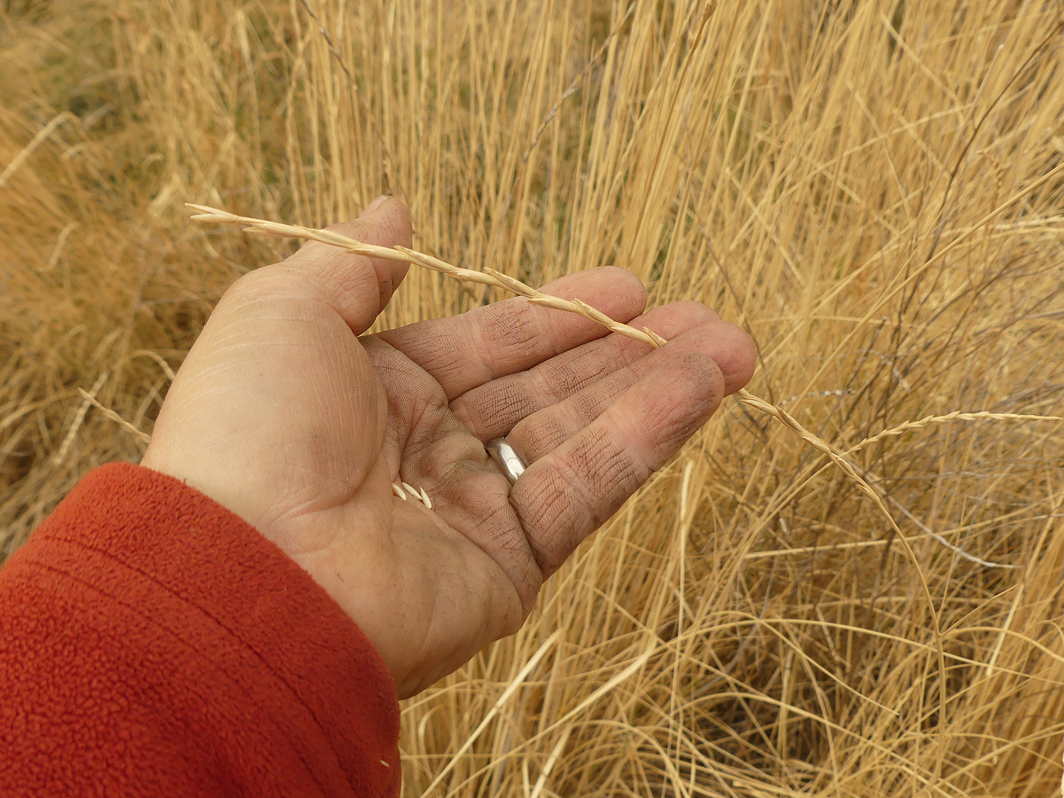




Thank you for your reflections today.
LikeLike
So great to bring these ideas forward from their hiding places.
LikeLike